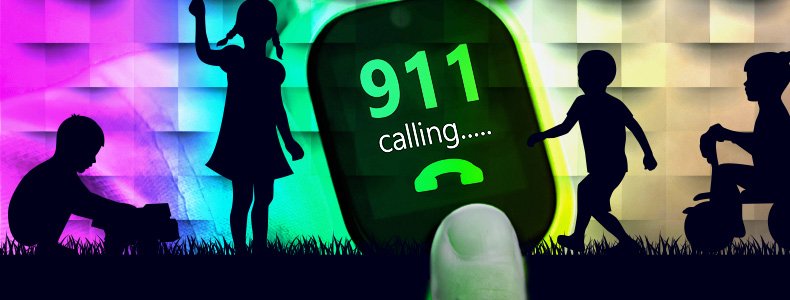We spend so much time teaching children the essentials. How to cross the road, how to be polite, how to share. But there’s another lesson that’s just as crucial for their safety and confidence: knowing when a problem is a real emergency. For any child, learning to tell the difference between a 999-worthy crisis and a manageable hiccup is a skill that builds a deep sense of security.
Helping Them Stand on Their Own Two Feet
A child who knows what a real emergency looks like has a plan. They aren’t just a passenger; they know when and how to take action. If they see a fire, they know it’s time to get help. If someone has a serious fall, they know that’s a 999 call. But just as important is knowing what isn’t an emergency. A lost toy or a scraped knee are problems, for sure, but they don’t need a siren. When a child can sort problems into these two piles, they gain a huge amount of confidence. It proves to them that they can handle the small stuff, which is a massive step towards independence.
Keeping 999 for the Big Stuff
Emergency services are not a limitless resource. Every single call takes up time and attention from highly trained people. If the lines are busy with non-urgent problems, it can cause a critical delay for someone else whose life is genuinely on the line. By teaching our children that 999 is only for the most serious situations, we’re teaching them to be considerate members of society. They learn that the emergency services are there to protect everyone, and that we all have a responsibility to use them wisely.
Less Panic, More Problem-Solving
To a child, any unexpected problem can feel huge. Without a way to gauge how serious something is, a ripped jacket can cause as much panic as seeing a stranger in the garden. This is where that distinction between a ‘big problem’ and a ‘little problem’ becomes so important. It gives them a way to manage their own feelings. Instead of their first reaction always being fear or panic, they can learn to take a breath and think. This builds resilience. They discover that they can solve little problems, either by themselves or by calmly asking an adult for help.
How to Talk About It
This doesn’t need to be a scary conversation. In fact, it’s better if it isn’t. If you are a foster carer with an agency like Clifford House Fostering, remember to be extra gentle with the children you are talking to; their past experiences with trauma or instability might mean they either see danger everywhere or are hesitant to report a problem at all.
- Use simple examples. Talk about what you would do if the toaster caught fire versus what you would do if you spilt your breakfast. Make the difference clear.
- Role-play dialling 999. Practise what they would say e.g., their name, where they are, and what’s happening. Just make sure you do it on a toy phone!
- Make a list. Put other useful numbers on the fridge, like NHS 111, a trusted neighbour, or a grandparent. Talk about the kinds of problems you’d call them for.
- Praise them. When they deal with a small problem without panicking, tell them they did a great job. This reinforces their own ability to cope.
This is one of the most practical life skills we can give a child. It’s not just about safety drills. It’s about building a child who feels capable, who worries less because they know how to react, and who understands their place in the community. It’s a simple lesson that helps them grow into a more resilient and resourceful person.

